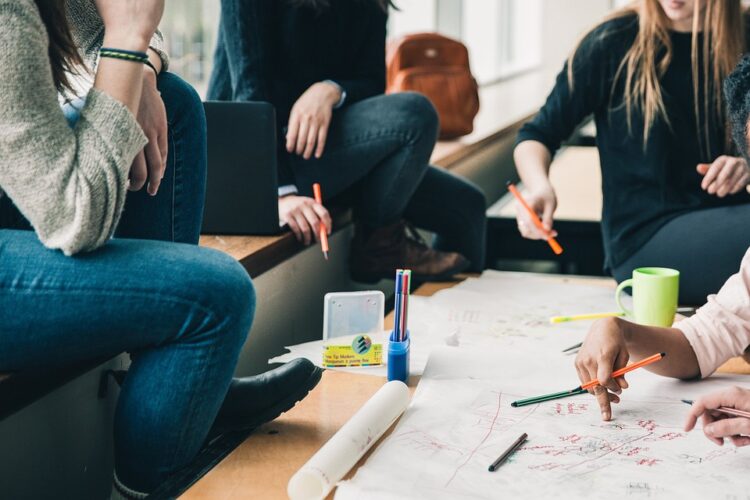Much has been said about the Covid pandemic and its impact nationwide, though its lessons continue to confound many citizens. It seems we would have already learned critical lessons from the pandemic after more than a year since the outbreak, but sadly this has not been the case.
In the morass of misguidance and blatant pushback, the education of children continues to confront dire consequences, mired by politics. Seemingly, everything that matters in education depends ultimately on politics, good or bad. Schooling in America has become a hostage to political machinations.
This is now a fearful indictment to what may lie ahead for education. For example, with the school year just starting, we are discovering that all too many students may continue to remain out of school. What has occurred and may continue is that about 10%-15% will continue their presence in class as in the past regardless of circumstances, but where another 5% to 10% will never see the inside of a classroom or experience online instruction. For this latter group, remaining at home means not attending class, but it also may indicate the absence of a responsible adult to supervise or help.
Through documented case studies, we are now seeing that certain schools—not to single any one in specific—as much as 50% to 60% of students are not enrolled in kindergarten. This is a telltale sign for other grade levels. This condition is not only deplorable, but quite inexcusable.
So, what does it mean that some schools have half their children out of school? It simply means that gross numbers are fully absent and missing in our schools. Exacerbating the problem is that a disproportionate number come from historically disenfranchised or marginalized communities, further increasing already wide achievement gaps. Here it is estimated that about three million of nearly 50 million students are not attending school.
Notwithstanding, all students have suffered during the pandemic, fully resulting from a year of major isolation and uncertainty, affecting social and emotional states as well as academic progress. Academic loss is now evident from extant research, where nearly 1-in-4 students were behind in mathematics by end of the last school year, with slightly lower ratios for reading, but with many behind in both subjects. Equally devastating, almost one-fifth of districts confirmed that instruction in the spring of AY2020/2021 was not so much about teaching new skills, but about reviewing subjects already taught, thus lowering averages for the year. Worse, a disproportionate number are students of color.
As the pandemic now confirms that the future of schooling will no longer be the same after the pandemic than before, we now face the reality that educational progress is about an “online world.” So, with the pandemic accelerating movement for online learning in parallel to what is evident in the world of work, this will become a major challenge for learning, as it is also an opportunity for change. Nonetheless, until such an opportunity fully unfolds, challenges remain for many public schools, most especially failing schools, with these latter schools taking longer due to the bottlenecks of power. Yet, within rapidly changing demographics, this will lead inevitably to travesty if improperly handled.
As these are just tip-of-the-iceberg observations, much will be more strongly revealed soon about the role of the pandemic and schooling as the new school year unfolds. Understandably, this is an area about which to be especially mindful in the near future.
